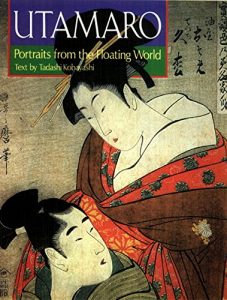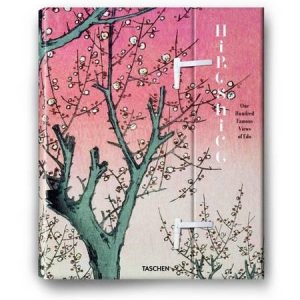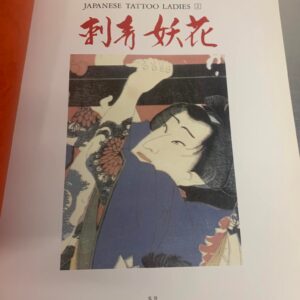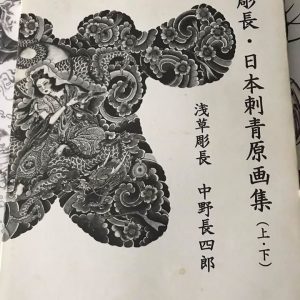Description
Who was the man behind the pseudonym “Utamaro”? We know that he was one of the greatest artists of eighteenth-century Japan, and that he was a master portraitist of women in the woodblock-print tradition known as ukiyo-e. But as for the man himself, we know almost nothing. The little there is-gleaned from contemporary books, miscellaneous writings, temple registers-is brought together in this book to present as clear a picture of Utamaro’s life as modem researchers are capable of. Utamaro is placed in his cultural setting-the pleasure-loving urban culture of eighteenth-century Tokyo, the shogun’s capital and the de facto center of Japan
Utamaro’s world was that of teahouse girls and courtesans whose fame and popularity can only be compared, in modern terms, to those of a movie actress whose name is on every man’s lips. His was a world of popular literature and art, of publishers competing for the work of the most talked-about writers and artists. This world, however, was under the constant scrutiny of the authorities, and near the end of his career, Utamaro fell afoul of the government’s proscription of certain subject matter, and he was sentenced to three days in prison and fifty days in hand chains.
But Utamaro’s life is only one theme of this book. The other is the development of his art, the perfection of his depictions of women that enabled him to capture subtle moods and differences of character. The prints of women produced by the ukiyo-e artists preceding Utamaro showed expressionless beauties of little individuality. It was against this that Utamaro rebelled, creating such prints as that of the kashi, one of the lowest ranking of courtesans-in fact, a mere prostitute. Recognizing within himself the power to see and depict the individual behind the outward appearance, Utamaro added to some of his prints the notation “Studies in Physiognomic Judgment of Character by Utamaro.” Modem opinion tends to agree with Utamaro’s assessment of himself, and his reputation as an artist of the inner woman has firmly established him in the top ranks of the ukiyo-e world.

- Condition: Used / Very Good
- Paperback: 96 pages
- Publisher: Kodansha USA (March 6, 2001)
- Language: English
- ISBN-10: 4770027303
- ISBN-13: 978-4770027306
- Product Dimensions: 9.8 x 0.6 x 6.8 inches
- Shipping Weight: 1.4 pounds





